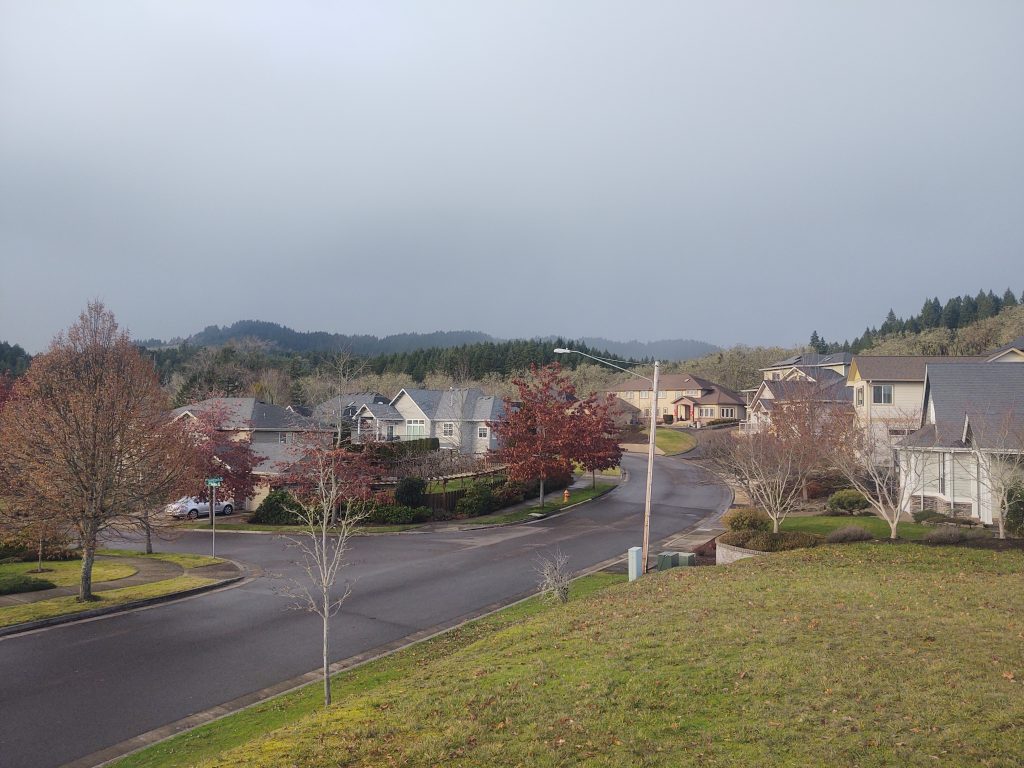
Correction: The original reporting in this article said that gas prices rose due to decreased development. That was wrong. In fact, rising gas pricing has led to less development. We’ve fixed it. Sorry.
A new study co-authored by a researcher from Oregon State University found that a decline in development of forest and agricultural land could be the be the response to rising gas prices.
The study was conducted from 2000 to 2015 and compared data from the two previous decades. According to a press release from the university, this decline in development resulted in a broad shift towards denser development patterns throughout the U.S.
“Increasing gas prices raise commuting costs in areas with longer commutes, which makes land less attractive for housing development in such areas,” said David Lewis, a natural resource economist at OSU and co-author of the study.
The release stated that researchers from OSU, Montana State University, and the U.S. Forest Service found that falling gas prices and, to a lesser extent, rising income levels, drove land development from 1982 to 2000.
“I think it was surprising that this was occurring partly because it has received hardly any attention,” said Lewis. “It seems to have really flown under the radar that this rate of land development has been declining since the year 2000.”
Researchers indicated that the pace of land development increased in the ‘80s and peaked in the mid-to-late ‘90s before beginning a steady decline starting around the year 2000.
By: Jennifer Williams
Do you have a story for The Advocate? Email editor@corvallisadvocate.com

